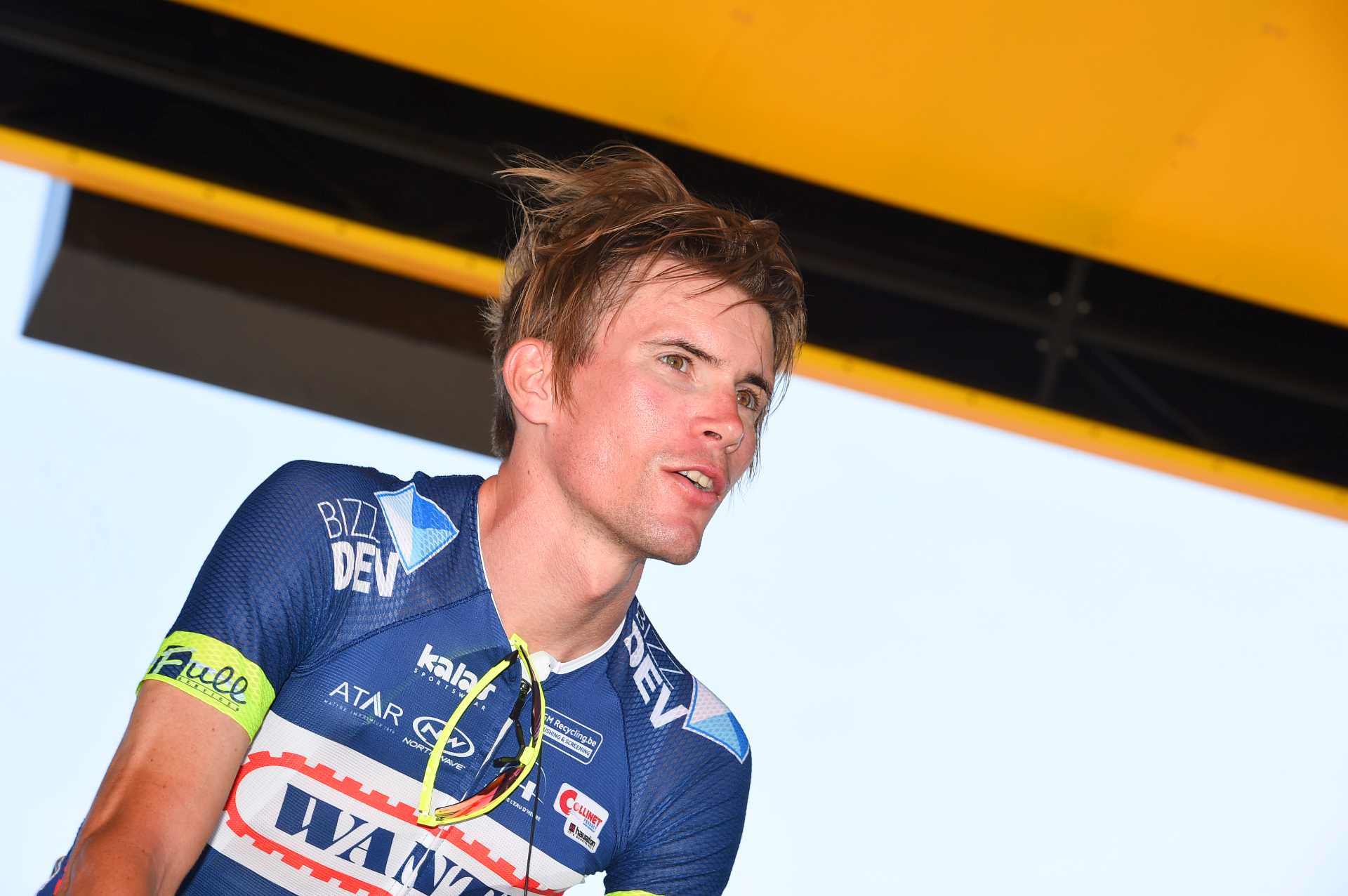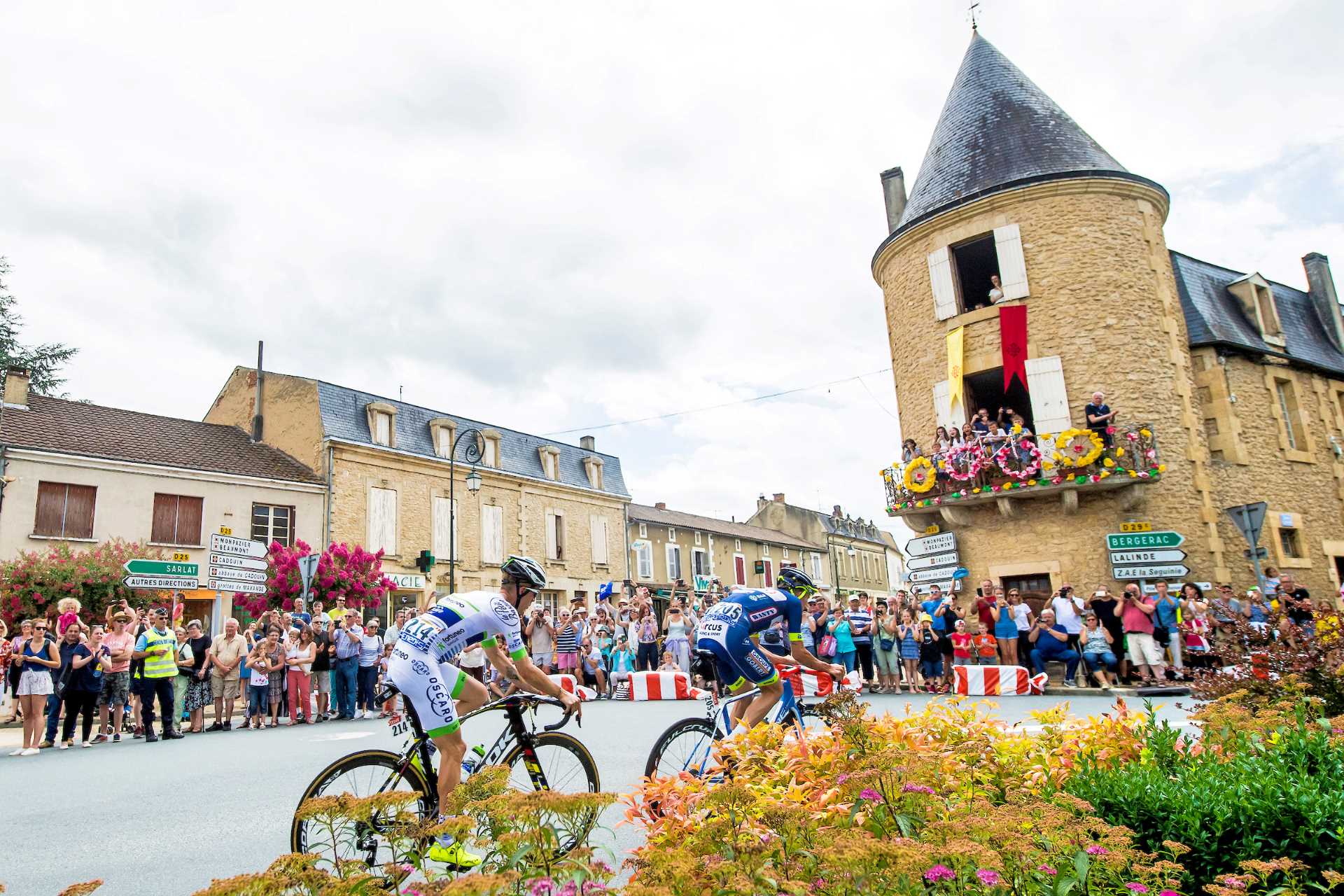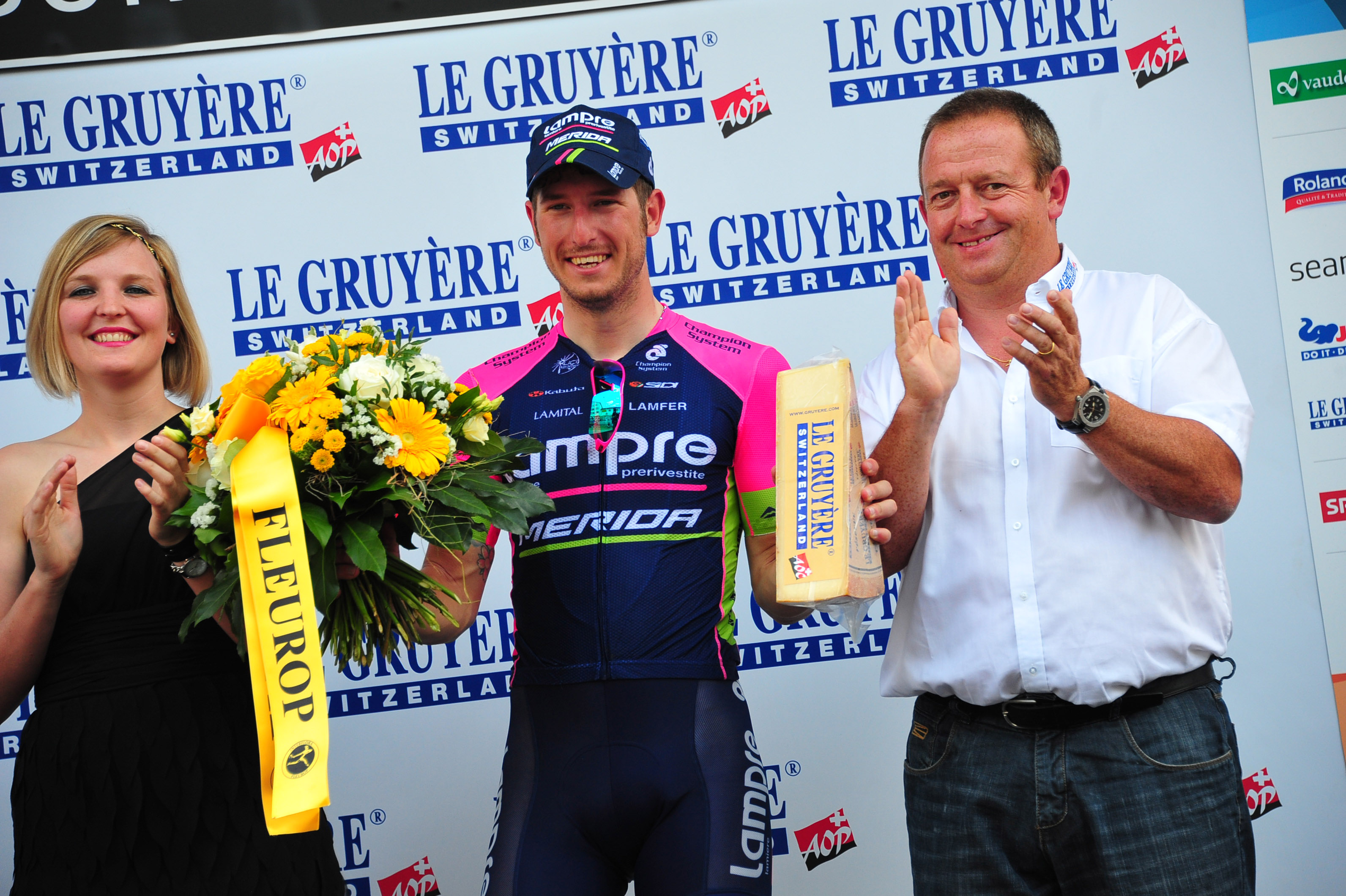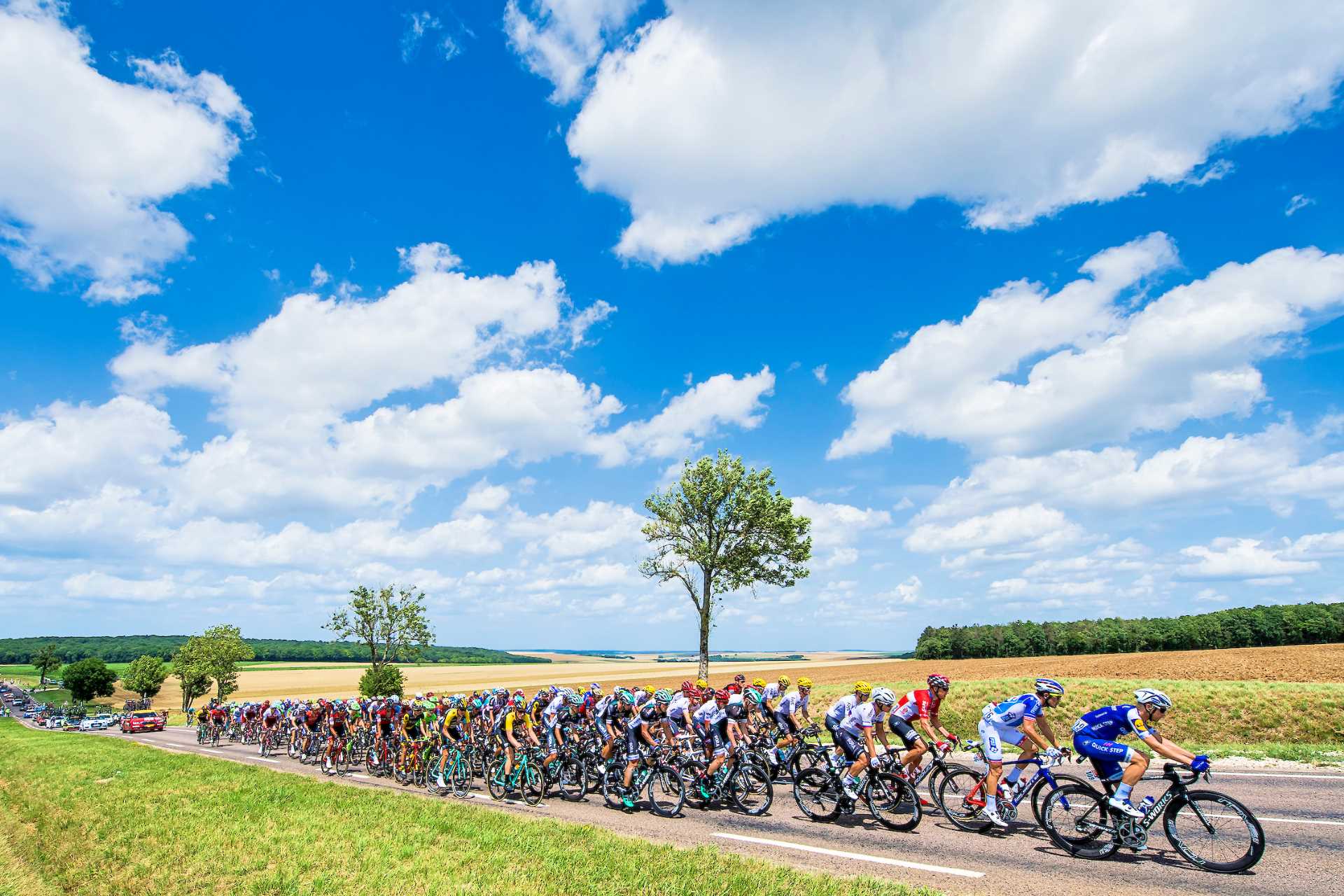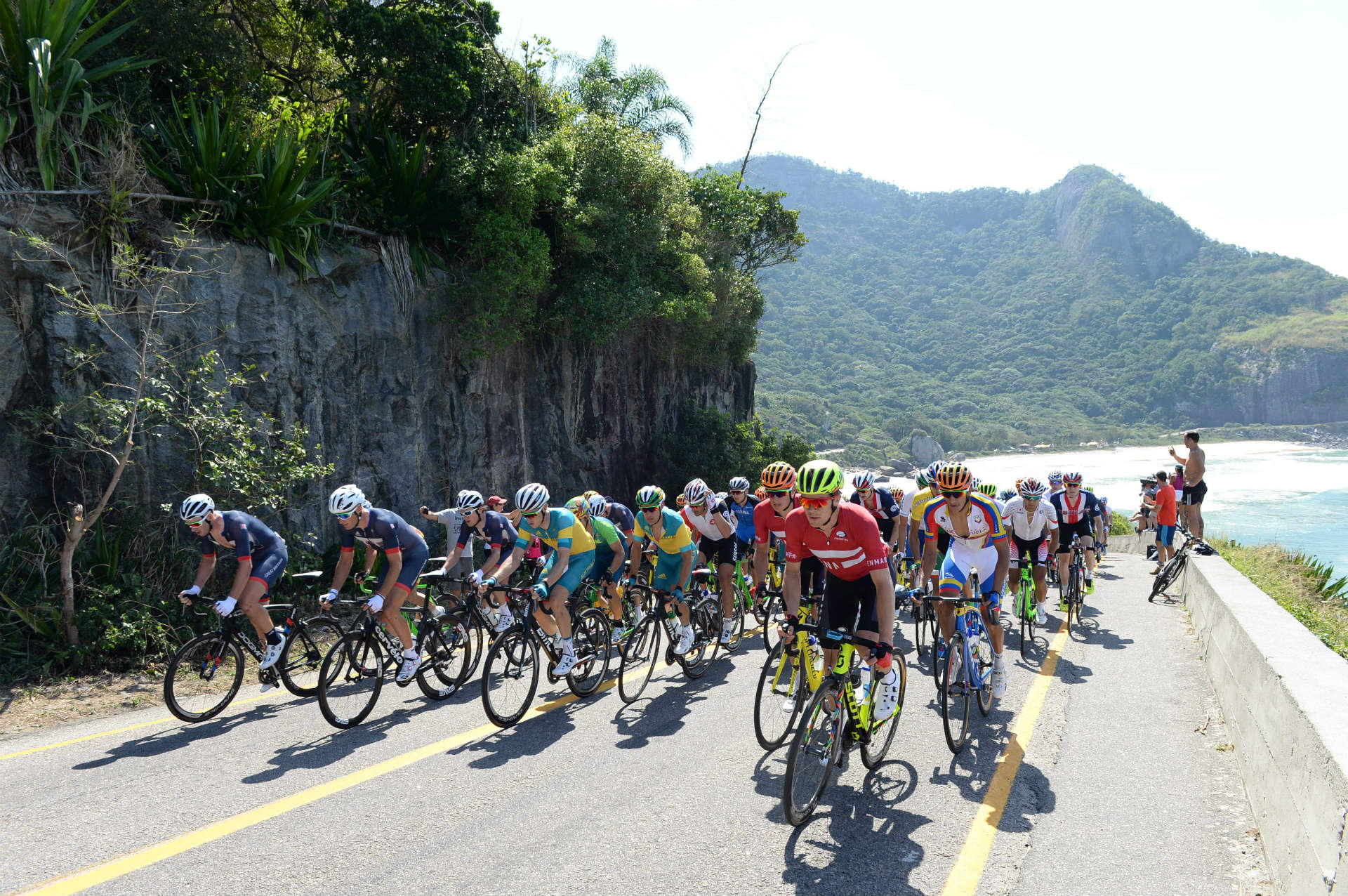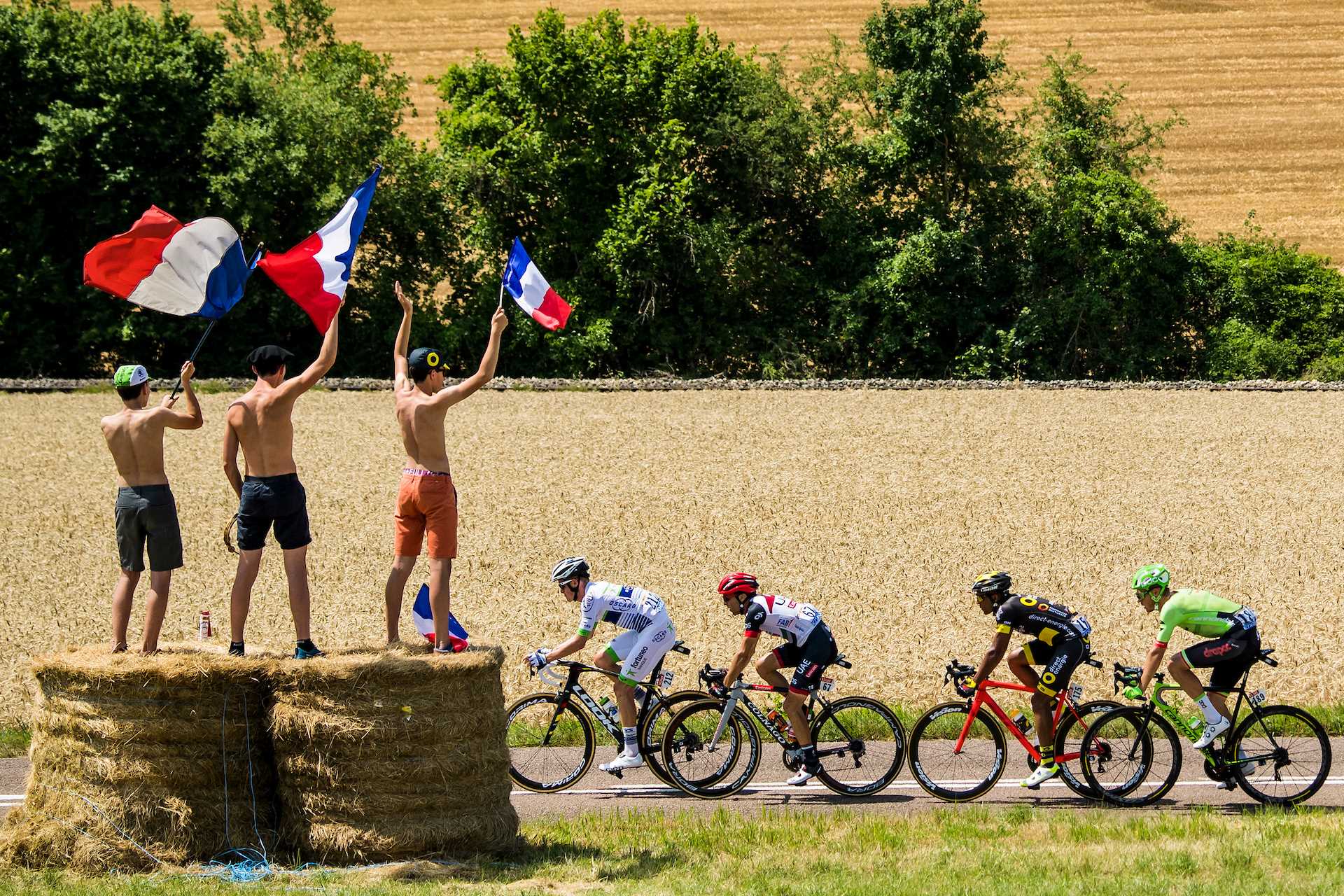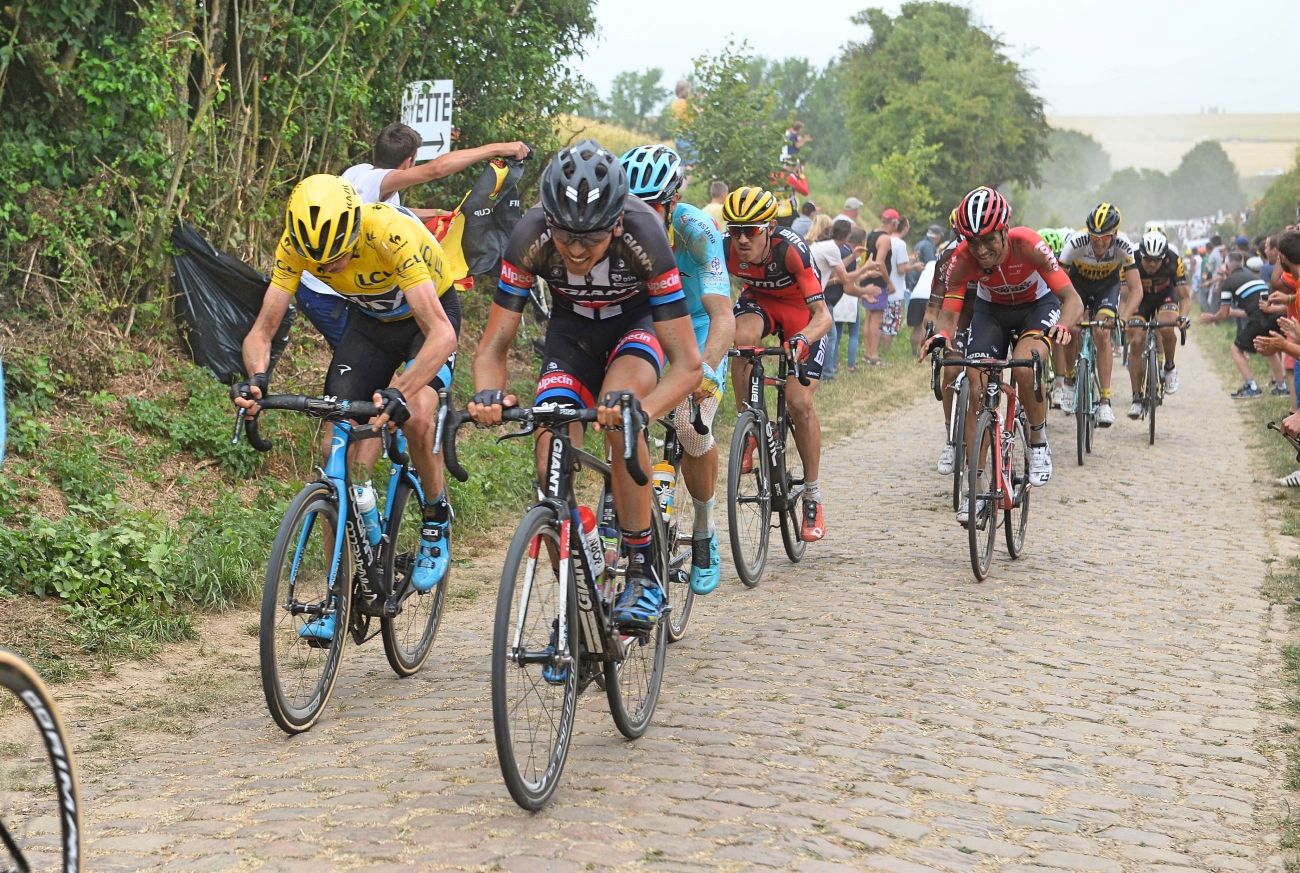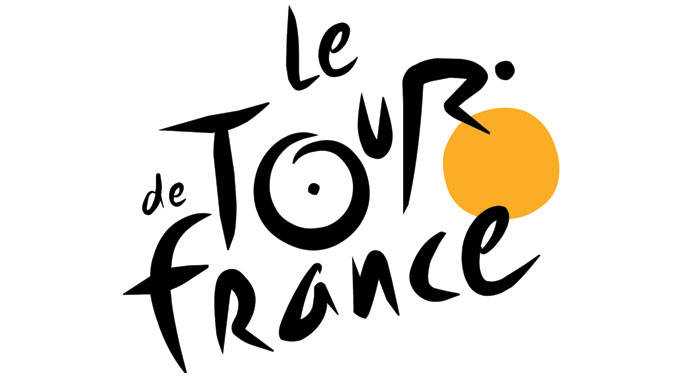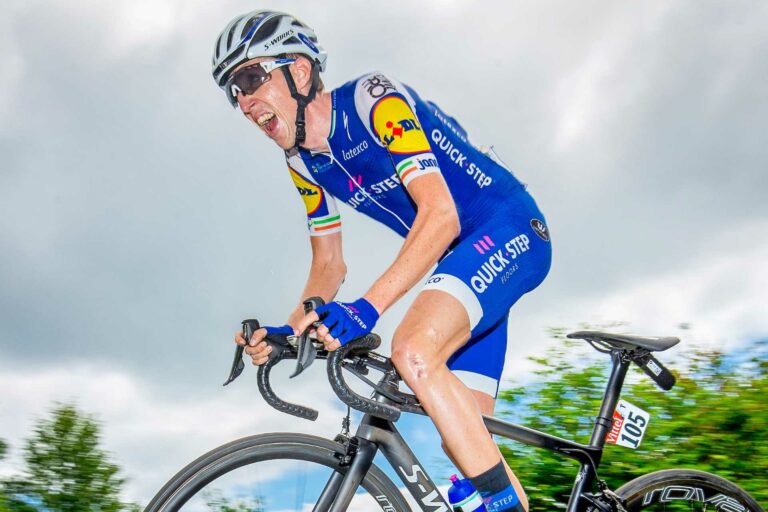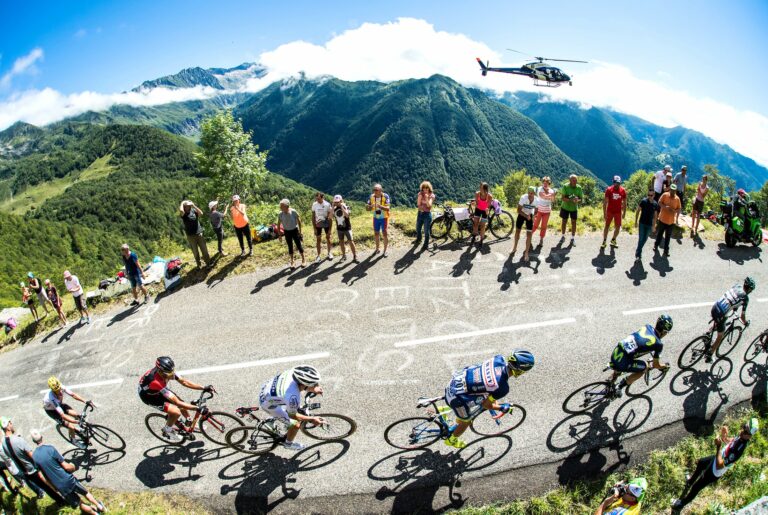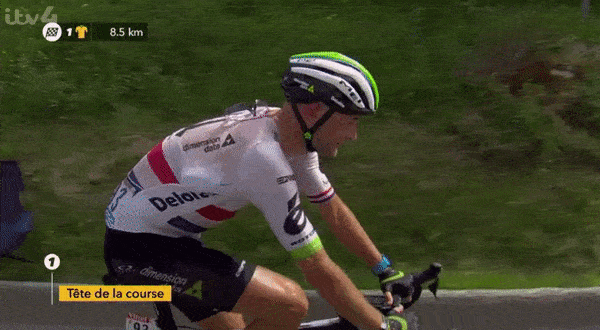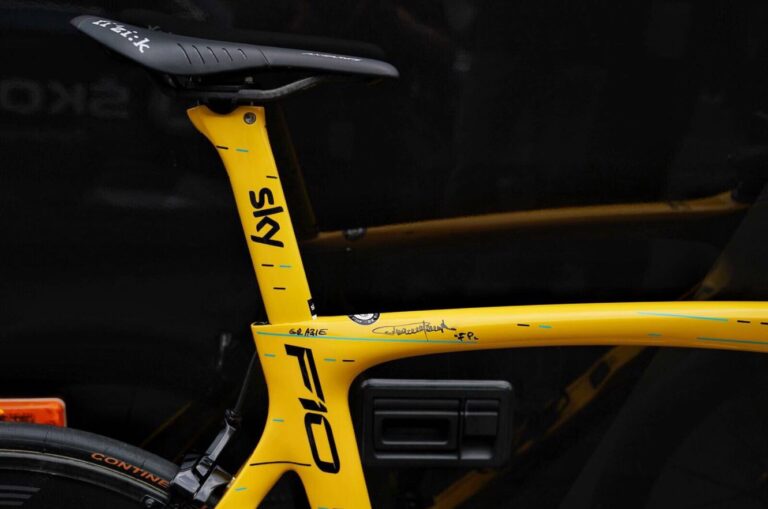No sooner has the 2017 Tour de France been wrapped up, with Chris Froome in the yellow jersey on the Paris podium, attention turns to next year’s race.
Can Froome win for a record-equaling fifth time? What will the route be like? Which of this year’s break-out stars should we be excited to watch in 12 months time?
But, as we look back on the 2017 edition, there is one more pertinent question to come out of this year’s race – how can next year’s edition be more interesting?
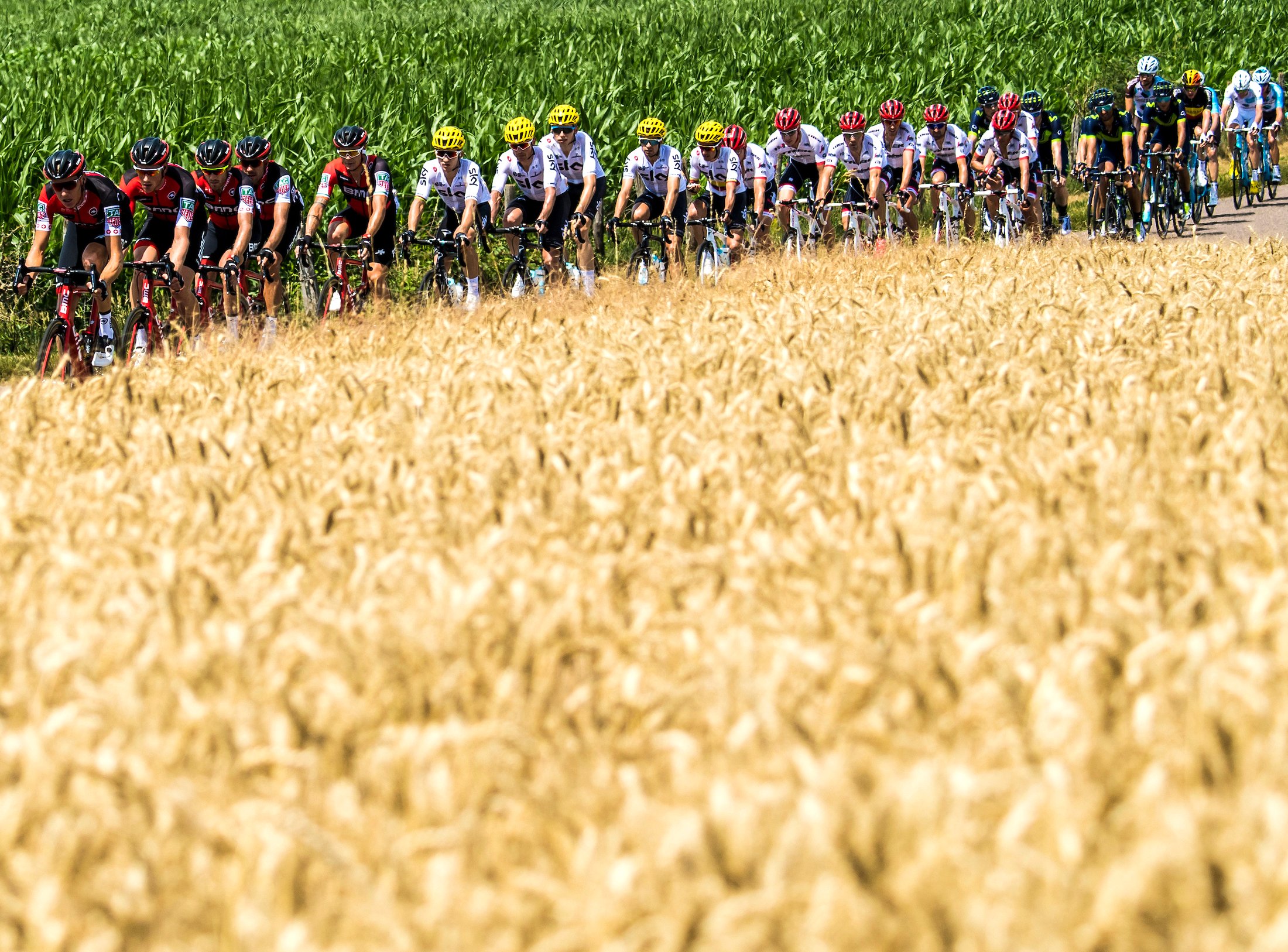
In a race of two halves, the latter was packed with action, even if Froome’s victory rarely looked in doubt despite the slim margin, but not before we had to tolerate the tedium of the first 11 stages (stage nine aside).
Having opened with a time trial, six of the next ten stages ended in a bunch sprint. That’s not a problem in itself – sprint or transition stages are certainly nothing new at the Tour – but there was just no action to speak of. The breakaways were small, the bunch gave them zero leeway and the decision to broadcast every minute of this year’s race live on TV was looking like a bad one, unless you wanted something to nod off to of an early afternoon.
But what can be done in future to tempt riders into the breakaway and make the transition stages – an important part of the Tour as the race travels the length and breadth of France – more interesting?

